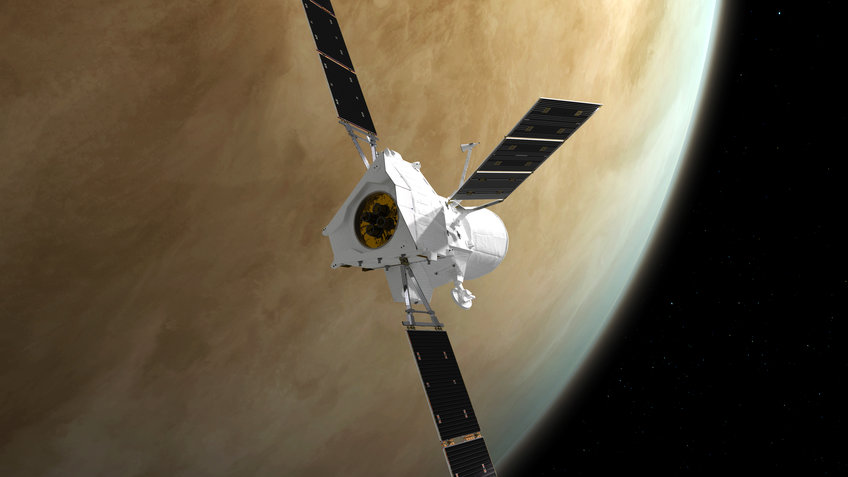Tips to increase native veg on your property
Tablelands Telegraph – February 2022
Bruce Christie, Senior Land Services Officer
If you would like to increase your native tree and shrub cover on your property but don’t really have the time to commit to a large revegetation project, then direct seeding may be the option for you.
There are various techniques using specialist machines but there are a couple of other options that are low tech and still may give you a result.
With the region’s wattles winding up seeding it may be a good starting point to try to get some wattles growing on some low agricultural production areas, or to enhance an existing remnant to increase diversity of a site.
Wattles are hard seeded so the seeds will need to be scarified to assist them to germinate quickly to compete with weeds. This is simply done by scratching the seed or soaking overnight starting with hot water and allowing it to cool. A bit of agitation in the morning to remove the outer coating and they are right to sow.
Choosing a site can be tricky. Try to find a site with low ground cover to reduce weeds and where stock won’t congregate to impact emerging seedlings. Even better to find a site that is excluded from stock.
At this point you could just scatter the seed and hope for the best, but it may be better to create a seed bed. This could be done by using a rake hoe and scrape away the surface, create a rough surface and then rake the seed in.
Another technique is “niche” seeding. This is where you prepare the seed to the point where it is on the cusp of sending out a small root and then plant in a small prepared hole with some growing medium. This gives the seed an advantage over any weeds that may be present and compete for nutrients, water and light with the small seedling.
If you really want a low input technique, then brush matting is a technique involving laying seed bearing branches on bare areas. Fallen branches often have immature seed that when sap stops flowing the fruit will open and release the seed. The branch contains the seed and will also protect any emerging seedlings. Worst case scenario is you have protected an existing eroded area, allowing for grasses to heal the site without stock impacting on its recovery.
Direct seeding is an option to assist regeneration by putting plant seeds where they may have an opportunity to germinate and survive where they wouldn’t normally. The success may be limited but with very little input it can present a viable option for revegetation. Plants have been getting on by themselves for millennia so why not give it a go? But be patient, it may take some time.








